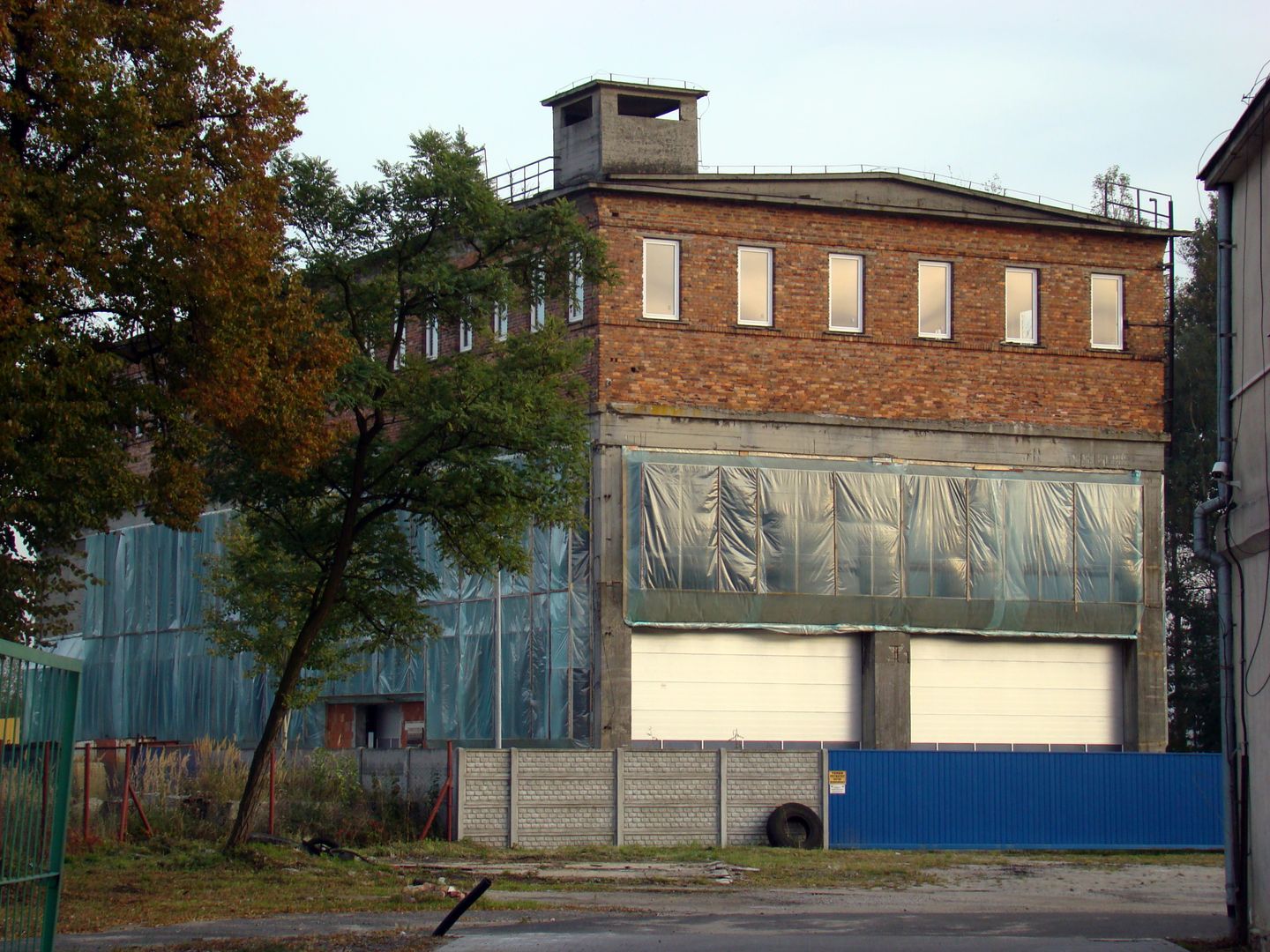Dźbów
6.07

Overview
Dźbów is a district of Częstochowa located in the southwestern part of the city, on the Konopka River, bordering other districts such as Gnaszyn-Kawodrza and Stradom. As a royal village established in the 15th century, Dźbów was associated with the parish of St. Sigismund in Częstochowa, and its development accelerated in the 17th century due to iron ore mining. The history of Dźbów is marked by events related to the January Uprising, when tragic incidents involving peasants and insurgents took place. After the uprising, in 1867, the Dźbów manor farm was established with a classicist manor surrounded by a park, the remains of which still exist today. Dźbów went through various administrative stages and was incorporated into Częstochowa in 1977. Today, Dźbów is a community of around 5,000 people, with a main post-mining settlement that developed along the provincial road no. 908. Modernized municipal housing buildings, a monument to the legionnaires, and three Roman Catholic parishes, including the Parish of St. Teresa, shape the local cultural landscape. Educational institutions and the Volunteer Fire Department, which has been operating since 1924, are also active here. Dźbów gained significance due to mining activities, with the most important mines being "Antoni," "Maria," and "Barbara." After the war, Dźbów became a site of industrial development, including the creation of the "Barbara" industrial park. In 2009, a new commercial facility was opened, and since 2014, the construction of a Special Economic Zone has been underway, indicating efforts to attract investment. Dźbów also has a sports history associated with the Górnik Dźbów club, which operated from 1946 and participated in various football leagues. Public transportation in the district is organized with bus lines 33, 21, 23, and 38, as well as suburban PKS lines. At the border of Częstochowa, there is also a junction of the A1 highway. With its rich history, culture, and economic development, Dźbów is an important part of Częstochowa.
Location
Tickets
Powered by GetYourGuide
2025 Wizytor | All Rights Reserved